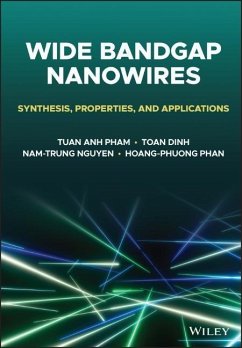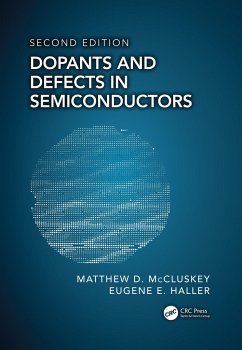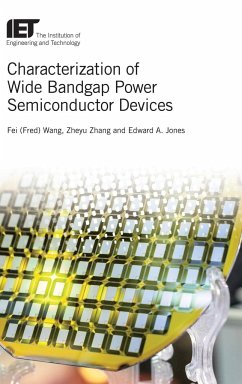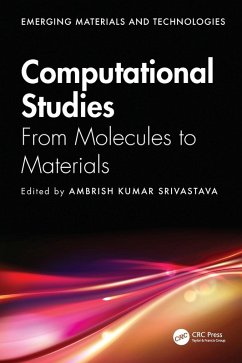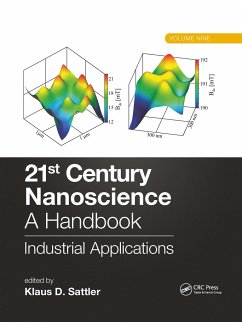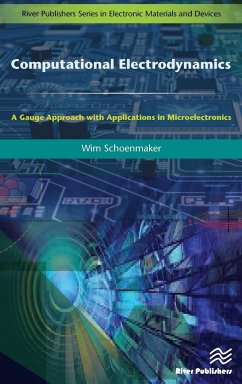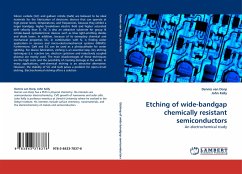
Etching of wide-bandgap chemically resistant semiconductors
An electrochemical study
Versandkostenfrei!
Versandfertig in 6-10 Tagen
39,99 €
inkl. MwSt.

PAYBACK Punkte
20 °P sammeln!
Silicon carbide (SiC) and gallium nitride (GaN) are believed to be ideal materials for the fabrication of electronic devices that can operate at high power levels, temperatures, and frequencies, because they exhibit a larger bandgap, higher breakdown electric field and higher saturated drift velocity than Si. SiC is also an attractive substrate for group III nitride-based optoelectronic devices such as blue light-emitting diodes and diode lasers. In addition, because of its exemplary chemical and mechanical properties SiC, in combination with Si, is finding wider application in sensors and mic...
Silicon carbide (SiC) and gallium nitride (GaN) are believed to be ideal materials for the fabrication of electronic devices that can operate at high power levels, temperatures, and frequencies, because they exhibit a larger bandgap, higher breakdown electric field and higher saturated drift velocity than Si. SiC is also an attractive substrate for group III nitride-based optoelectronic devices such as blue light-emitting diodes and diode lasers. In addition, because of its exemplary chemical and mechanical properties SiC, in combination with Si, is finding wider application in sensors and micro-electromechanical systems (MEMS). Furthermore, GaN and SiC can be used as a photocathode for water splitting. For device fabrication, etching is an essential step. Dry etching techniques (i.e. reactive ion, electron cyclotron and inductively coupled plasma) are mostly used. The main disadvantages of these techniques are the high costs and the possibility of creating damage in the wafer. In many applications, wet-chemical etching is an attractive alternative. However, the stability of SiC and GaN poses a problem for open-circuit etching. Electrochemical etching offers a solution.





